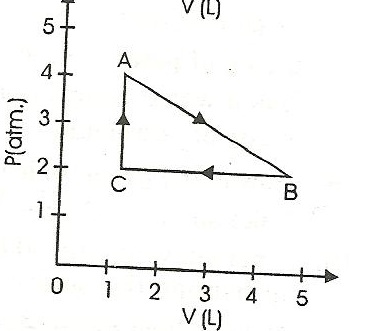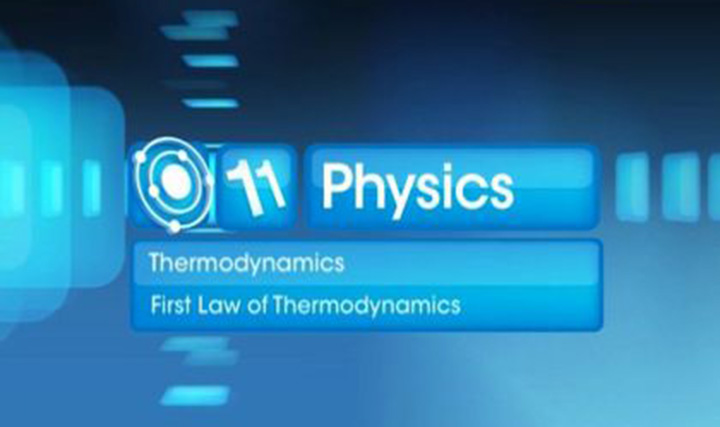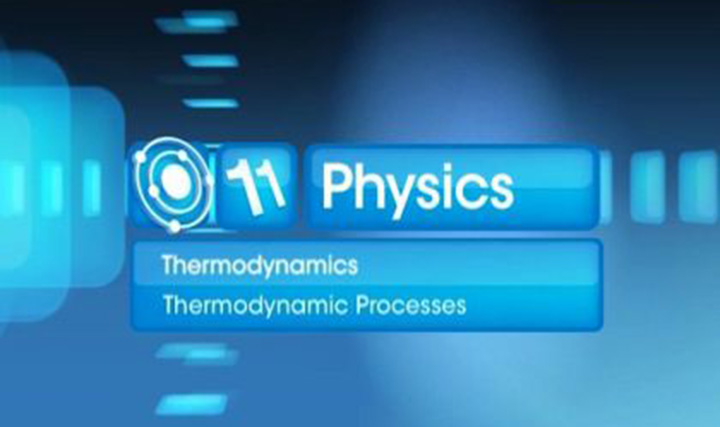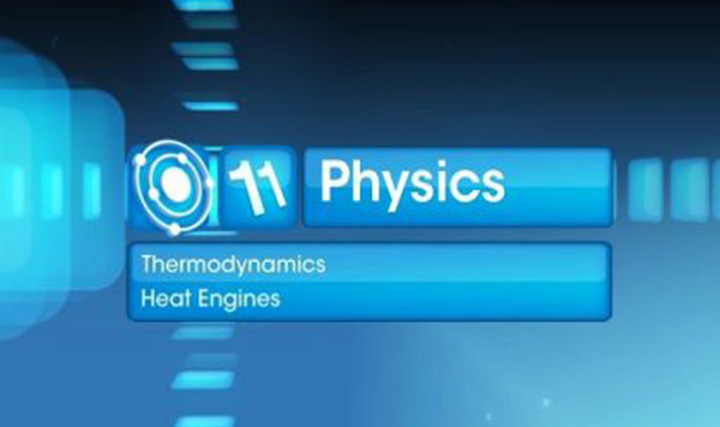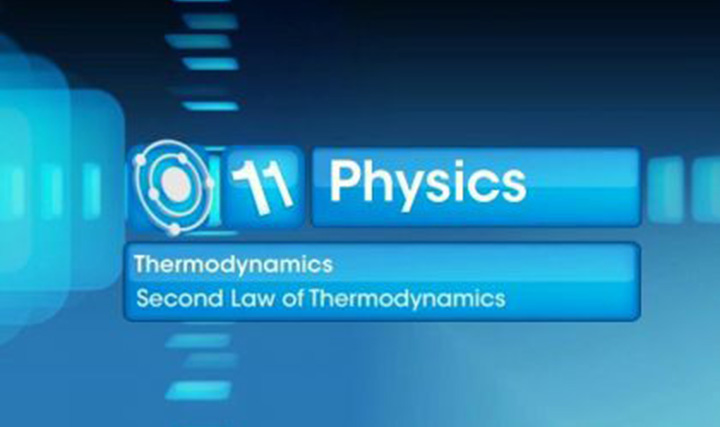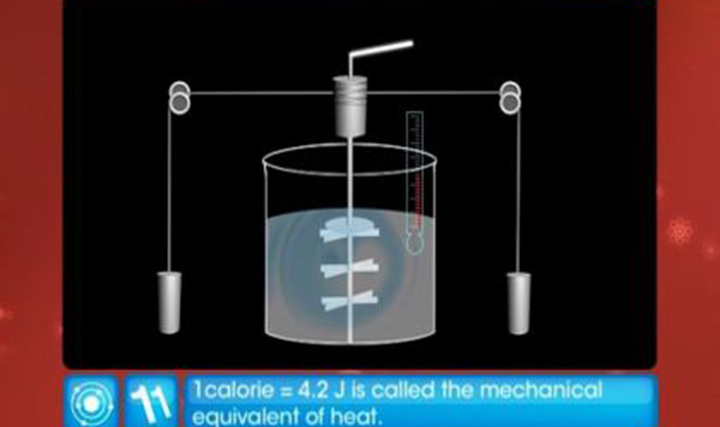CBSE Class 11-science - Second Law of Thermodynamics Videos
Thermodynamics
This video explains the coefficient performances of refrigerator and a heat pump, difference between a refrigerator and a heat pump, and the working of a heat pump.
More videos from this chapter
View All- State second law of thermodynamics. Distinguish between heat engine and refrigerator
- State the second law of thermodynamics in terms of entropy.
- How does the Second Law of Thermodynamics help in the working of a refrigerator?
- State a few statements for second law of thermodynamics.
- State two conditions of a reversible process. What is a quasi-static process?
- Answer the following questions : (i) A piece of iron is hammered. Does the internal energy of the iron increase? Does the heat enter the piece of the iron from outside? (ii) A hot piece of lead is immersed in cold water. Has the internal energy of the water increased? Has any work been done by the lead? (iii) Why are the brake-drums of a car heated when the car moves down a hill at constant speed? (iv) Two balls of the same metal having masses 10g and 20g collide with a target with the same velocity. If the total energy is used in heating the balls, which ball will attain higher temperature? (v) An ideal gas is compressed at a constant temperature. Will its internal energy increase or decrease? (vi) How can the internal energy of an ideal gas be changed?
- A Carnot's engine, whose sink is at a temperature of 300K, has an efficiency of 40%. By how much should the temperature of the source be increased so as to increase the efficiency to 60%?
- State whether the following processes are reversible or irreversible : (i) Heat production by friction (ii) The growth of a planet (iii) Diffusion of gases (iv) Electrolysis (v) Sudden unbalanced expansion of a gas (vi) Carnot's cycle (vii) Joule's heating in an electrical resistance.
- Write an expression for the efficiency of a Carnot engine.
-
The P - V diagram for a cyclic process is a triangle ABC drawn in order. The co-ordinates of A, B, C are (4,1), (2,4), and (2,1). The co-ordinates are in the order (P-V). Pressure is in Nm-2 and volume is in litre. Calculate work done during the process from A to B, B to C, and C to A. Also, calculate work done in the complete cyclic.
